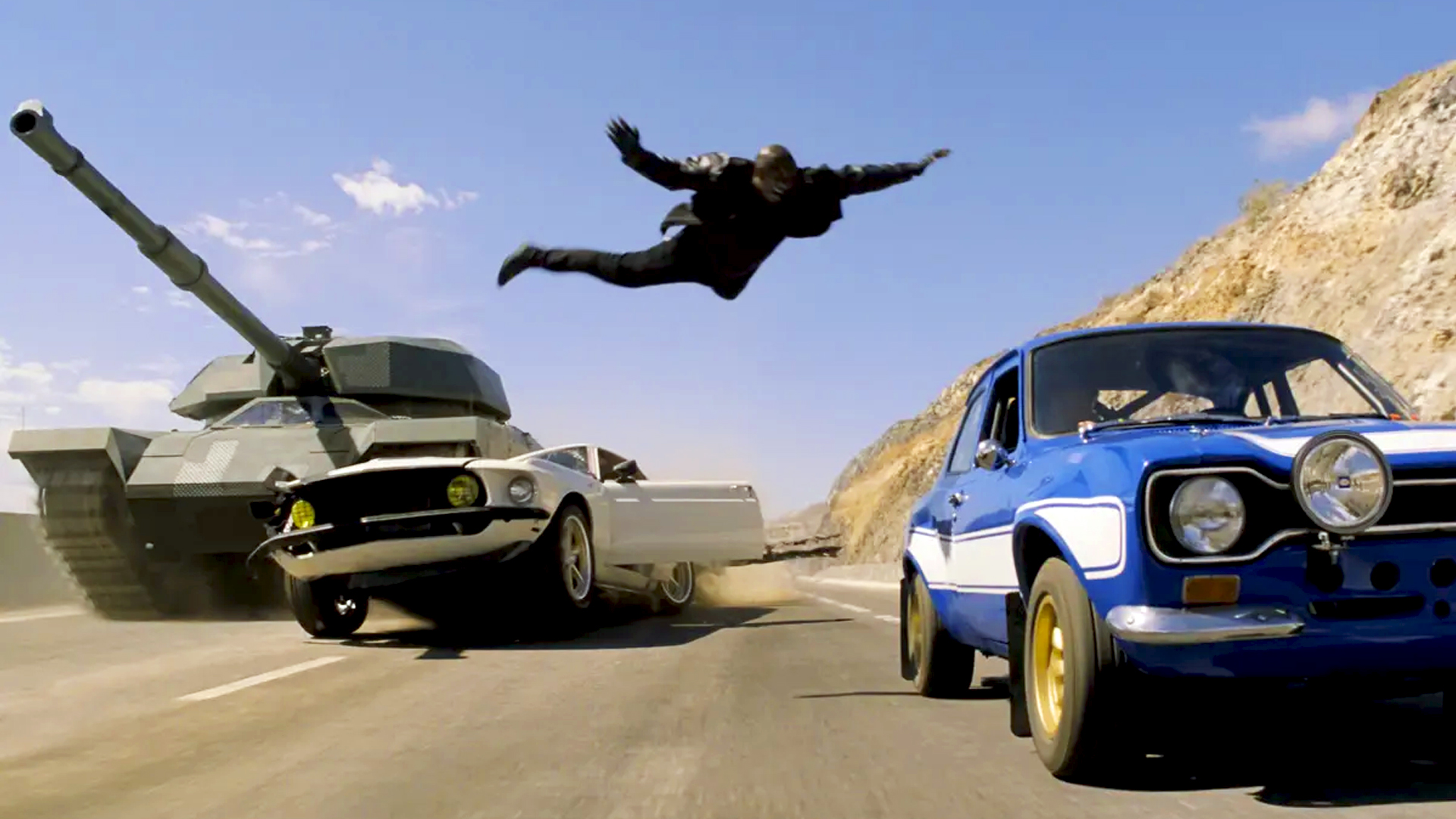Action choreography is an essential part of filmmaking, especially in the action genre. It involves the planning and execution of fight scenes, stunts, and other physically demanding sequences in a movie. When done effectively, action choreography can add excitement, tension, and drama to a film, taking it to new heights of entertainment. In this article, we'll explore the importance of action choreography in cinema, the history of stunts in Hollywood, and the types of martial arts used in action choreography.
Stunts have been a part of filmmaking since the early days of cinema. In the early 1900s, filmmakers like Buster Keaton and Harold Lloyd performed their own stunts, often risking their lives to create thrilling and entertaining moments on screen. As the movie industry grew, so did the demand for bigger and more daring stunts, leading to the development of specialized stunt performers and coordinators.
In the 1960s and 1970s, martial arts films from Hong Kong became popular in the United States, introducing audiences to a new style of action choreography. These films featured martial arts styles such as Wing Chun, Tai Chi, and Shaolin Kung Fu, which inspired a new generation of action filmmakers. One of the most famous martial artists to emerge from this era was Bruce Lee, who revolutionized the way martial arts were portrayed on screen.
Today, action choreography in Hollywood is a highly specialized field, with teams of experts who work together to plan and execute complex stunts and fight scenes. These teams include stunt coordinators, fight choreographers, and special effects experts, who work closely with the director to create thrilling and visually stunning action sequences.
One of the most significant benefits of action choreography is that it allows filmmakers to create thrilling and visually stunning sequences that would be impossible to achieve in real life. By carefully planning and rehearsing every move, filmmakers can choreograph complex fight scenes that are both realistic and exciting. For example, in the 2014 film "John Wick," director Chad Stahelski and his team choreographed intricate gun-fighting sequences that required months of practice and coordination. The result was an action movie that was praised for its innovative and intense fight scenes.
Action choreography is also crucial for ensuring the safety of the cast and crew. Stunts and fight scenes can be dangerous, so it's essential to have a well-trained team of professionals who can execute them safely. By choreographing these scenes in advance and practicing them repeatedly, filmmakers can minimize the risk of injury and ensure that everyone involved stays safe. For example, in the 2015 film "Mad Max: Fury Road," director George Miller and his team spent months planning and rehearsing the film's many car chases and stunts, resulting in a movie that was both thrilling and safe for the cast and crew.
Moreover, action choreography can contribute to the storytelling and character development in a movie. A well-choreographed fight scene can reveal a character's strengths, weaknesses, and motivations, as well as advance the plot in a meaningful way. For example, in the 2017 film "Atomic Blonde," director David Leitch used action choreography to showcase the protagonist's skills as a spy, while also revealing her vulnerabilities and emotional struggles.
Different types of martial arts have been used in action choreography throughout the years. Traditional Chinese martial arts styles have been popularized in films like "Crouching Tiger, Hidden Dragon" and "Ip Man." Japanese martial arts styles like Karate, Kendo and Judo have also been featured in films like "The Karate Kid" and "Kill Bill." Brazilian Jiu-Jitsu, Muay Thai, Kali, Silat and Taekwondo have also become popular in action movies in recent years, with films like "John Wick" and "The Raid" featuring these styles prominently.
In conclusion, action choreography is a vital aspect of filmmaking that can elevate a movie from good to great. By carefully planning and executing fight scenes, stunts, and other physically demanding sequences, filmmakers can create thrilling and visually stunning moments that are both safe and meaningful. Whether it's a car chase, gunfight, or martial arts sequence, action choreography is an essential tool for telling exciting stories and engaging audiences. With the use of different martial arts styles, action choreography has evolved throughout the years, creating new and innovative ways to thrill audiences.

Comments